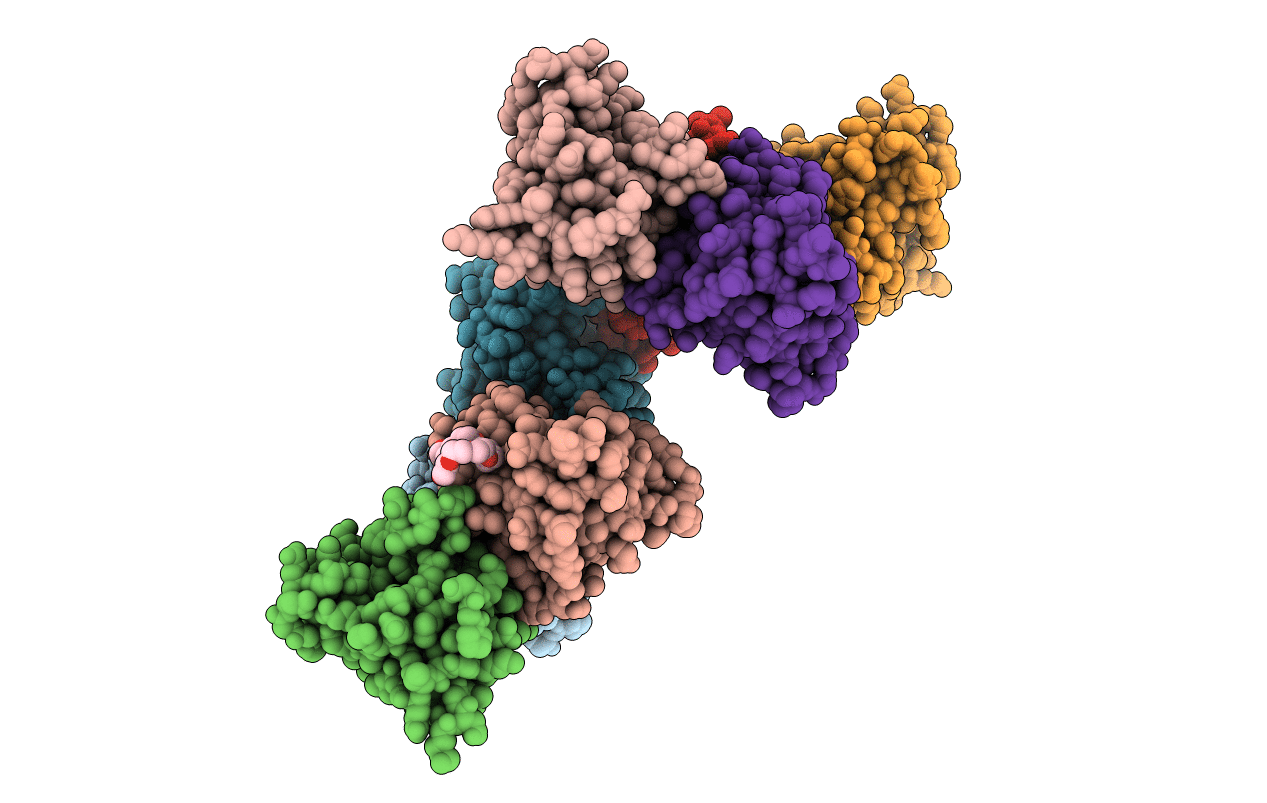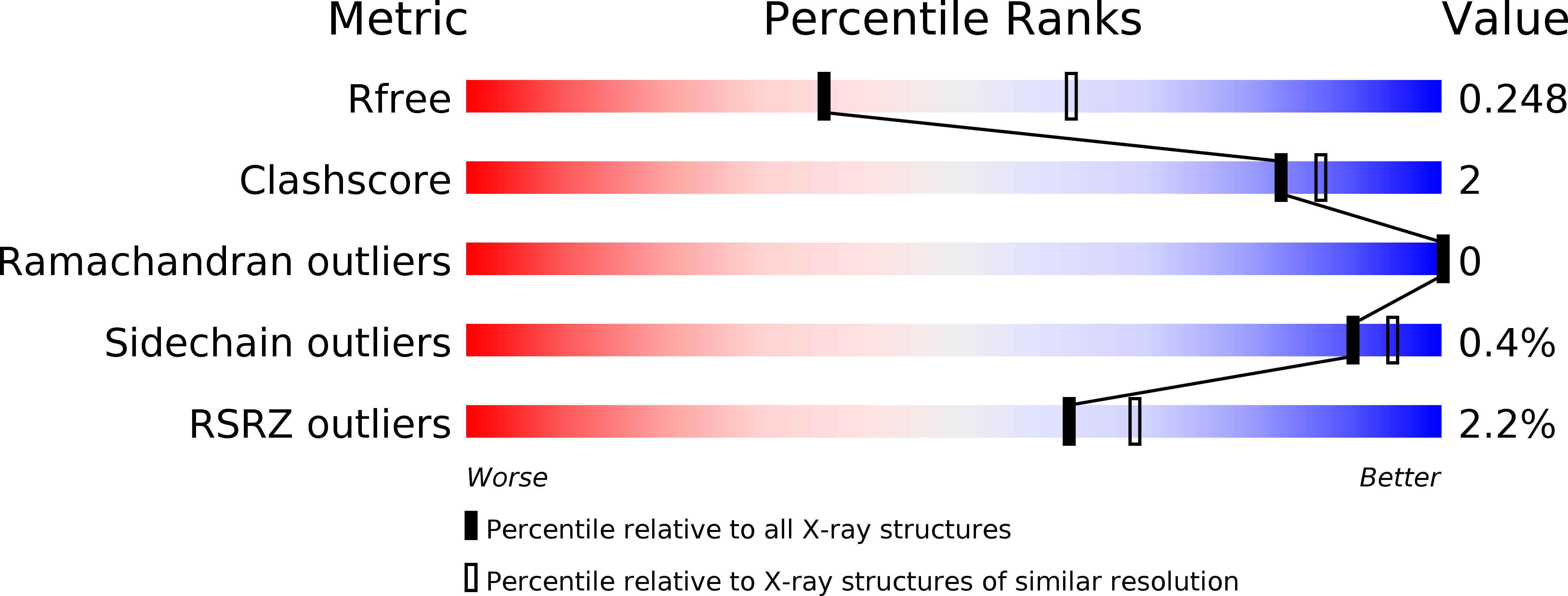
Deposition Date
2018-02-07
Release Date
2019-01-30
Last Version Date
2024-10-23
Entry Detail
PDB ID:
6FOL
Keywords:
Title:
Domain II of the human copper chaperone in complex with human Cu,Zn superoxide dismutase
Biological Source:
Source Organism:
Homo sapiens (Taxon ID: 9606)
Host Organism:
Method Details:
Experimental Method:
Resolution:
2.55 Å
R-Value Free:
0.24
R-Value Work:
0.20
R-Value Observed:
0.20
Space Group:
H 3 2


